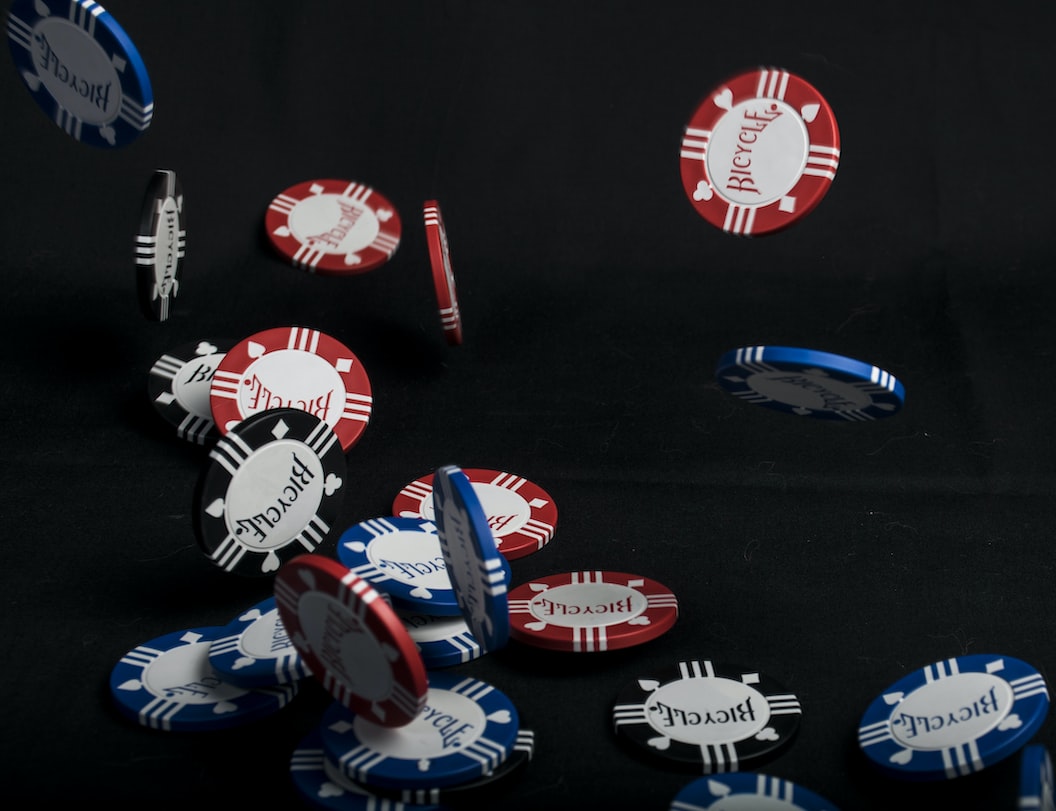Poker is one of the biggest games in the world. It appeals to players of all skill levels, from beginners to professionals. A poker game can be thrilling, exciting, and full of suspense. It can also be a great way to socialize and make new friends. Poker is a great game to play, whether you want to win big or just have fun. If you’re new to the game, plenty of resources are available to help you learn the ropes. There are also many different poker strategies that you can use to improve your chances of winning. So what are you waiting for? Grab some friends and start playing poker today!
One of the biggest things that makes poker so appealing is that there are many different ways to play the game. A play style will suit you whether you’re a tight player who only goes for the sure thing or a loose player who’s always looking for a long shot. And, because it is such a complex game, even the best poker players can always find new ways to improve their game. As a result, poker is always new and exciting, even for experienced players. This poker guide will cover all four main poker playstyles, their strengths, weaknesses, and which is best.

Tight/Loose & Passive/Aggressive
Poker is a game of strategy, and the different playstyles can be described as tight/loose or passive/aggressive. Two main playstyles are tight and loose, which refer to the number of hands a player is willing to play. A tight player will only play a small number of hands, while a loose player will be more willing to play more hands. Another important distinction is between passive and aggressive players. A passive player is more likely to check or call when it’s their turn, while an aggressive player is more likely to bet or raise. Players will use different combinations of these playstyles, depending on their goals and the situation. However, understanding the basics of each playstyle can give you a significant advantage at the poker table.
The four main playstyles
When it comes to poker, there are four main playstyles: tight passive, loose passive, tight aggressive, and loose aggressive. Each playstyle has its strengths and weaknesses, and the best players can adapt their strategy based on the table dynamics.

Aggression in poker
As you may have noticed, aggressive poker playstyles are both considered better than passive ones. It is key in poker for several reasons. First, it pressures your opponents and forces them to make mistakes. Second, it allows you to take control of the hand and dictate the pace of play. Third, it makes it more likely that you’ll win the pot. Finally, aggression generates fear in your opponents, which can be exploited to your advantage. So if you’re looking to up your game, start being more aggressive at the table. It might give you the edge you need to take down the pot.
The best poker playstyle
The truth is, no one poker strategy is always the best. What works in one situation might not work in another. The key is to read your opponents and the board state and then make the best decision based on that information. For example, if you’re up against a tight player who only bets when they have a strong hand, you might want to be more aggressive and bet more often. On the other hand, if you’re up against a loose player who often bets, you might want to be more cautious and only bet when you have a strong hand. The bottom line is that you must constantly adapt to your opponents and the situation to be successful at poker.

Where to practice poker
We hope this article helped you learn how to play Texas Holdem in the four different playstyles. If you’re just starting, we recommend trying out all of them to see which suits your playing style and gives you the most excellent chance for success. Once you find a suitable playstyle for you, stick with it and keep practicing. The more hands you play, the better you will become. And don’t forget to sign up with GGPoker, the world’s largest poker room, where you can practice against some of the best players in the world and learn from their strategies.